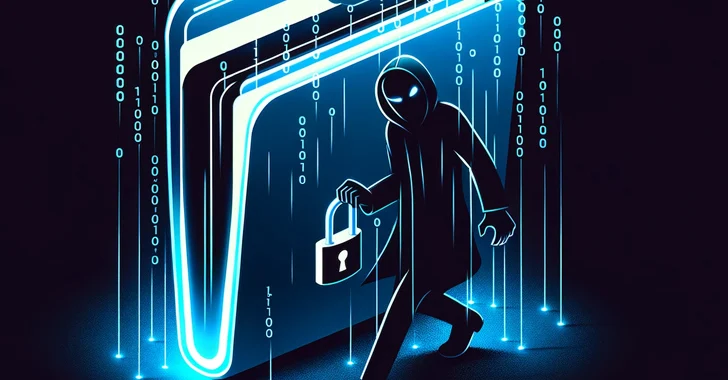Top Five Most Exploited Vulnerabilities in January 2024

In January 2024, cybersecurity faced a remarkable surge in threats, with a focus on exploiting vulnerabilities in technologies from leading vendors. This spike in cyber attacks highlighted the urgent necessity for robust security posture and swift responses to mitigate these vulnerabilities. Below is an in-depth analysis of the most critical vulnerabilities targeted during January. CVE-2023-46805 and CVE-2024-21887: CISA Warns Against Ivanti Zero-Day Vulnerabilities On January 19, 2024, the Cybersecurity and Infrastructure Security Agency (CISA) issued an alert regarding two critical zero-day vulnerabilities discovered in Ivanti products: CVE-2023-46805 and CVE-2024-21887. Assigned CVSS scores of 8.2 (High) and 9.1 (Critical), these vulnerabilities underscore a significant risk to cybersecurity, marked by their capability for arbitrary command execution. This prompted an emergency directive for immediate mitigation within federal agencies, highlighting the...




